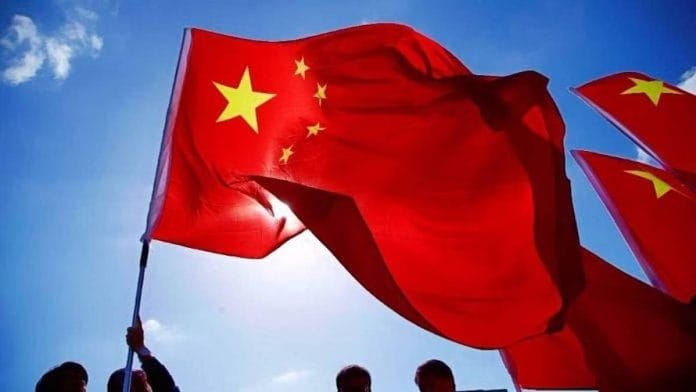Thank you dear subscribers, we are overwhelmed with your response.
Your Turn is a unique section from ThePrint featuring points of view from its subscribers. If you are a subscriber, have a point of view, please send it to us. If not, do subscribe here: https://theprint.in/subscribe/
The Henderson Brooks report on the 1962 debacle on the face of a concerted offensive from China is the most closely and intensely guarded official ‘secret’ of the Indian Government. That the authorities refuse to declassify the report even after half a century citing security concerns for the military is in the least intriguing. The reluctance to come clean on the report even after considerable lapse of time, leads to a suspicion whether the mistrust was initiated by India or by China. There are suggestions from people who knew the goings on pre-1962 that it was India who breached the trust. The jury is still out on that one!
Any time in history or in the present dispensation of polity, do we find that a Nation acts contradictory to its interests? It is presumptuous to expect a free lunch – except maybe in some schools in India where mid day meals are served free to its students! Every Nation irrespective of the form of Governance, has the National interest at heart.
The real India as a polity calling the shots on its own is only decades old. Before that for centuries, it was the occupational forces that shaped India’s foreign relations, starting with the pre-Mughal era through the Mughal period and finally the British decided India’s hobnobbing ways with its neighbors and rest of the world. The after taste was that of the British savory, who left the oven full of white bread and scones. When the British left the Sub continent shores, the ‘free’ Indian leaders were inexperienced and hence towed the British line in dealing with its neighbours. But it only lasted for a brief period and India was learning fast.
People’s Republic of China (PRC) was established on October 1, 1949, (two years after the polity of modern India came into being) and India was the first non-communist country to establish an Embassy in PRC. On April 1, 1950, India and China established diplomatic relations. At that precise moment in history, was India considering itself to be superior to China and was it that India never expected a communist China to emerge as a world economic power? In hindsight it seems so that the then leaders of India were bereft of a vision and devoid of foresight in spite of knowing that the sleeping giant has been awakened by one Mao Tse Tung. Mao is and was not central in foreseeing the rise of China. Mao was an accident.
The mathematics of China’s progress lay somewhere outside the revolution. The revolution shaped the polity and one generation was sacrificed for stability. From the 1980s Deng Xiaoping changed the colour of China. It adopted limited capitalism and controlled the market economy. Rest is history. That was the way of the Chinese and the world could not do anything about it. China learned fast and adapted. But why was India not ready for it? At least in the decade of the 1950s, India was very close to China, maybe feeling a bit superior probably because of India’s exposure to the world after having fought bravely in the second World War. Did that lull India into a stupor?
The reforms carried out by Deng (December 1987 – November 1998) and his allies gradually led China away from a planned socialist economy and Maoist ideologies, opened it up to foreign investments and technology, and introduced its vast labor force to the world, thus turning China into one of the world’s fastest-growing economies (from the late 1980s till 2019). He was criticized for ordering a military crackdown on the 1989 Tiananmen Square protests, yet was praised for his reaffirmation of the reform program in his Southern tour (southern China) of 1992, regarded as a critical point in the modern history of China, as it saved the Chinese economic reform as well as the capital market, and preserved the stability of the society after the fiasco of Tiananmen square in 1989. He also oversaw the reversion of Hong Kong to Chinese control in 1997 and the return of Macau in 1999.” The endeavor continues till today (albeit currently, with a few hiccups). India-China trade for 2022 has climbed to 135.98 billion, registering a rise of 8.4 per, the annual Chinese customs data said.
Tailpiece: It is apt to quote the poet during his highly controversial first visit to China in 1924, Tagore said at a lecture in Shanghai, “I want to win your heart, now that I am close to you, with the faith that is in me of a great future for you, and for Asia, when your country rises and gives expression to its own spirit -a future in the joy of which we shall all share.” Tagore visited China purely as a poet, yet his words resonate the situation as of today.
(The author is an Indian Army veteran and a contemporary affairs commentator. The views are personal. He can be reached at kl.viswanathan@gmail.com )
Col KL Viswanathan
These pieces are being published as they have been received – they have not been edited/fact-checked by ThePrint


